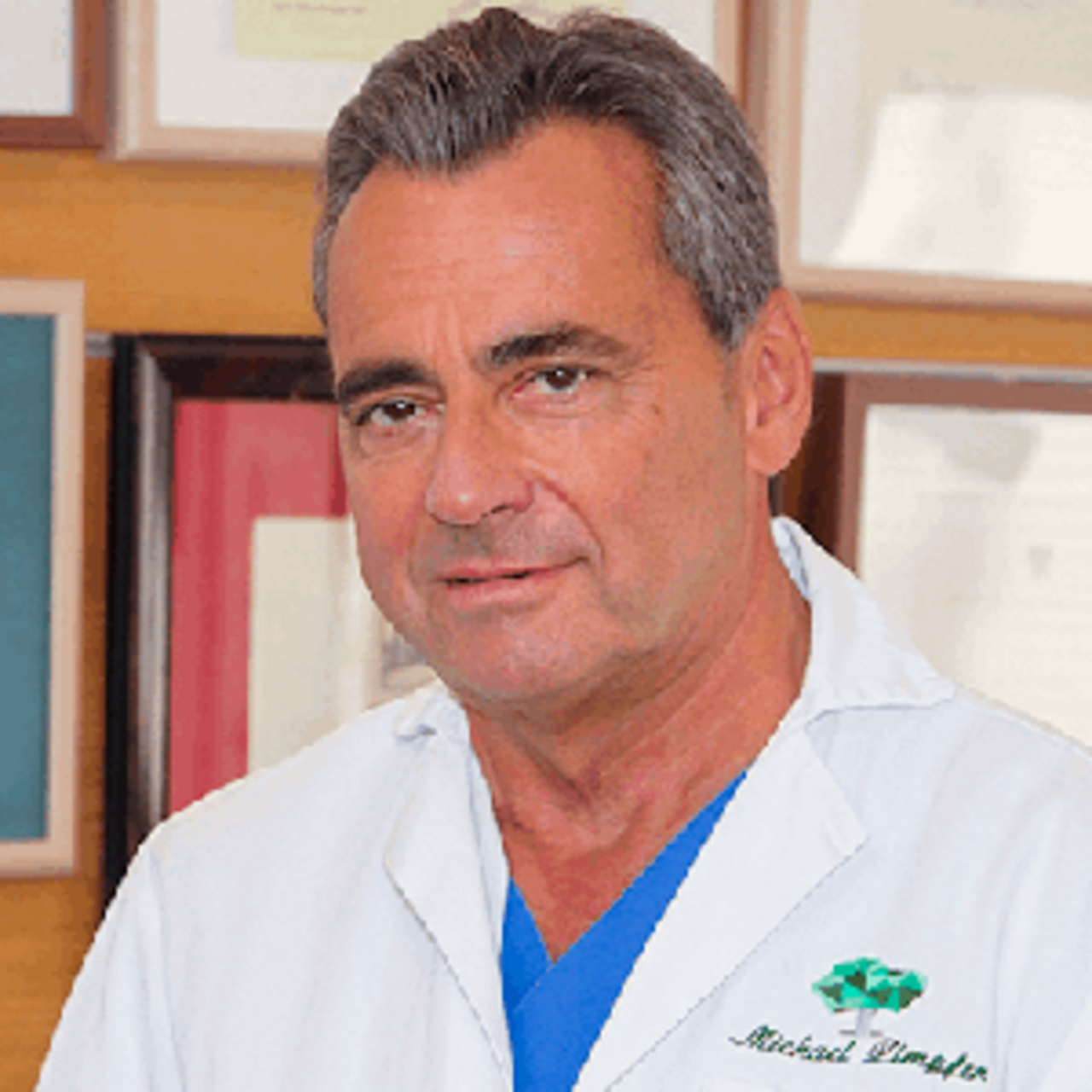Specialists in Wryneck
2 Specialists found
Information About the Field of Wryneck
Torticollis (cervical dystonia) - what is it?
The term torticollis refers to a group of disorders which give rise to an abnormal head posture with a tilt to the affected side and at the same time a rotation to the opposite side. This disorder can be due to congenital or acquired causes.
Cervical dystonia is a subtype of torticollis and is also known as spastic torticollis. It has a peak incidence between the ages of 30 and 50, but is a common cause of torticollis even in childhood.
What is acute torticollis?
Some forms of torticollis are congenital or develop gradually, whereas others occur suddenly (acutely). Here, we can speak of acute torticollis, regardless of its cause.
Furthermore, the diagnosis of acute torticollis also refers to a specific cause of the sudden onset of torticollis. In this case, there is hypermobility of the mobile segments composed of cervical vertebrae and intervertebral discs. This causes the intervertebral discs of neck to be displaced, causing nerve irritation as well as a pain-induced torticollis, in an attempt to relieve the pressure on the nerves.
What are causes of torticollis?
Spastic torticollis is a movement disorder (dystonia), so this form is also called cervical dystonia. It involves sudden involuntary contractions of the sternocleidomastoid muscle, which is a muscle on the side of the front of the neck, along with other muscles. The cramping, painful contraction of the muscles causes the head take the typical torticollis position. Cervical dystonia may be caused by brain damage or be of genetic origin, but is also frequently idiopathic, meaning it there is no identifiable cause.
Apart from cervical dystonia and acute torticollis as described above, many other causes for the development of torticollis exist:
Congenital muscular torticollis (The sternocleidomastoid muscle is shortened on one side at birth).
Bony torticollis (Cervical vertebrae are either deformed at birth, injured at birth, or have healed poorly later in life after fracture).
Ocular torticollis (Attempt to compensate for a unilateral visual defect, the patient assumes a permanent torticollis position which becomes locked in place as the condition progresses).
Otogenic torticollis (Like ocular torticollis, this compensates for a unilateral hearing problem).
Infectious torticollis (Bacterial ear-nose-throat infection with swelling causing head misalignment)
Rheumatic torticollis (A rheumatic disease affecting the joints of the cervical spine by inflammatory processes).
Cicatricial torticollis ( Following an injury, burn or surgery involving the neck, scarring may cause the skin to tighten in a manner that results in torticollis).
Psychogenic torticollis (A tic disorder characterized by tilting of the head. As it progresses, it may be fixed in this posture).
Drug-induced torticollis (It can occur as a side effect of medications, for example antipsychotics, and is resolved by discontinuing the offending medication).
What are the symptoms of torticollis?
The leading symptom for all forms of torticollis is the characteristic malposition of the head. While it is tilted to the affected side it is also turned to the healthy side.
In cervical dystonia, the symptoms tend to develop gradually. They may start with a tremor (shaking) moving the head from right to left. During the course, there are painful one-sided spasms or tonic contractions that bring the head to the torticollis position.
Such episodes end spontaneously, but some patients may also suppress them by performing certain maneuvers, like touching the cheek with the index finger. Such "tricks" are referred to as "geste antagoniste.
How can a doctor diagnose cervical dystonia?
The diagnosis of cervical dystonia is established based on the patient's history and physical examination, and by ruling out other causes.
During the medical history, the doctor asks about the symptoms, but also about previous illnesses and whether there are any family members with similar symptoms. A genetic examination may be useful if other family members are affected by torticollis.
By means of a CT scan of the head and neck region and the investigation of several blood parameters, it is possible to exclude other causes of torticollis that are not already ruled out on the basis of the patient's medical history.
What therapy and treatment options are available for torticollis?
Physical interventions
Sometimes the spasms can be sufficiently managed by physical means, such as massages or heat application. Teaching the patients "gestes antagonistes" can also result in adequate symptom control.
Drug therapy
Several medications given as tablets, such as anticholinergics or benzodiazepines, may reduce pain, but affect dystonic movements in only about one-third of cases.
By injecting botulinum toxin (botox) into the affected muscles, the spasms can be improved or eliminated completely for 1-4 months. However, with multiple injections, some patients may experience a decrease in efficacy because of the formation of antibodies against the drug.
Surgical therapy
It is possible to denervate the affected muscles by surgical intervention. In other words, the motor nerves are turned off, permanently weakening or paralyzing the muscle. This prevents spasms from occurring again.
Which doctors and clinics specialize in torticollis?
As for most medical conditions, your family doctor or pediatrician is usually the first person to contact for torticollis. Based on the most likely cause as determined by the patient history and physical examination, a referral may be made to orthopedics, ophthalmology, ENT, neurology, rheumatology, or psychiatry.
Cervical dystonia is a neurologic cause of torticollis. Although diagnostics and drug treatment are part of the field of neurology, surgery, if necessary, is performed in a neurosurgical clinic. The operation should be carried out in a specialized center, for the prognosis is much more favorable there.
If you're in need of a doctor, you expect the best medical care possible. So of course patients are curious to find out what clinic to go to. As there is no objective way to answer this question and a legitimate doctor would never claim to be the best, patients must rely on a doctor's experience.
Let us help you find an expert for your condition. All listed doctors and clinics have been reviewed by us for their outstanding specialization in the field of wryneck and are looking forward to your inquiry or wish for treatment.
Sources:

